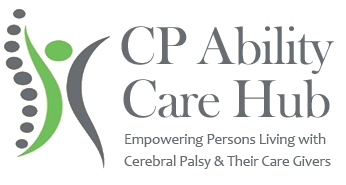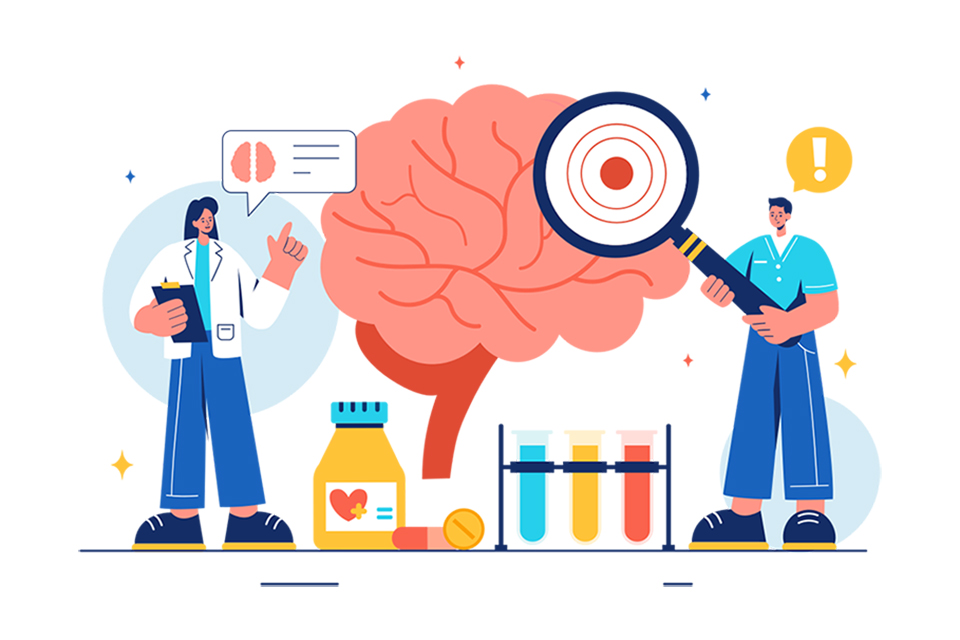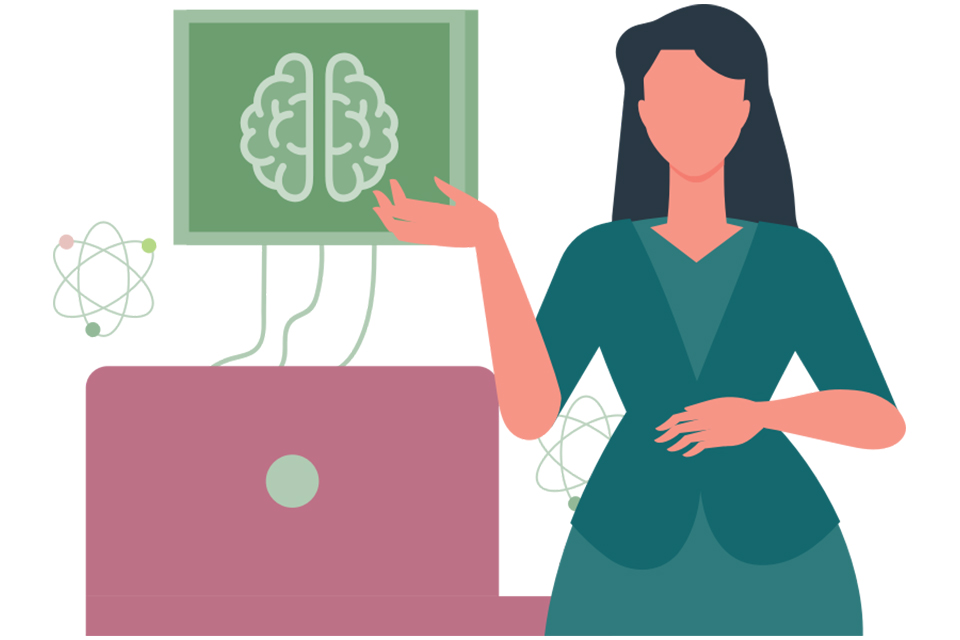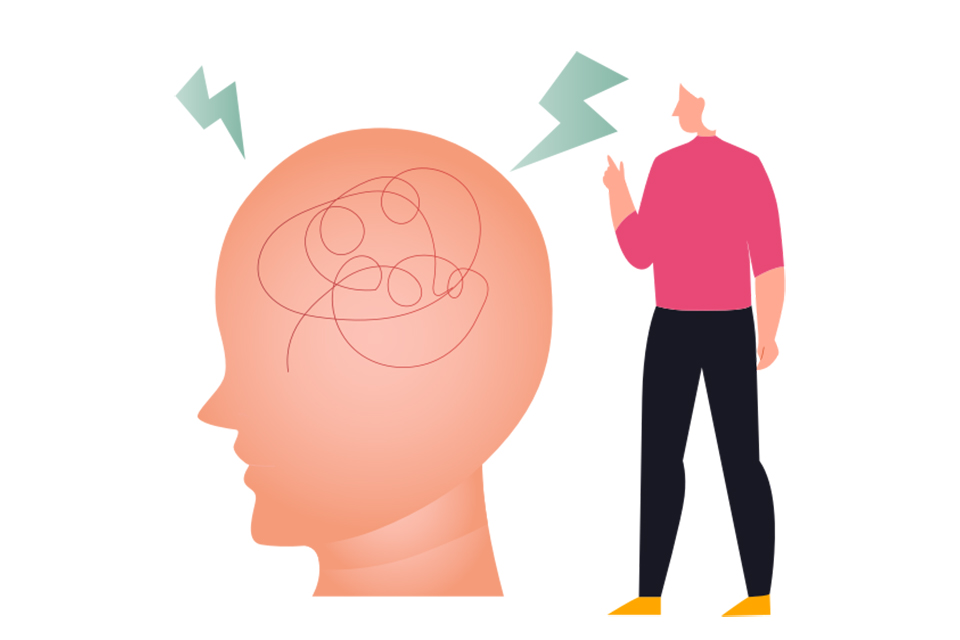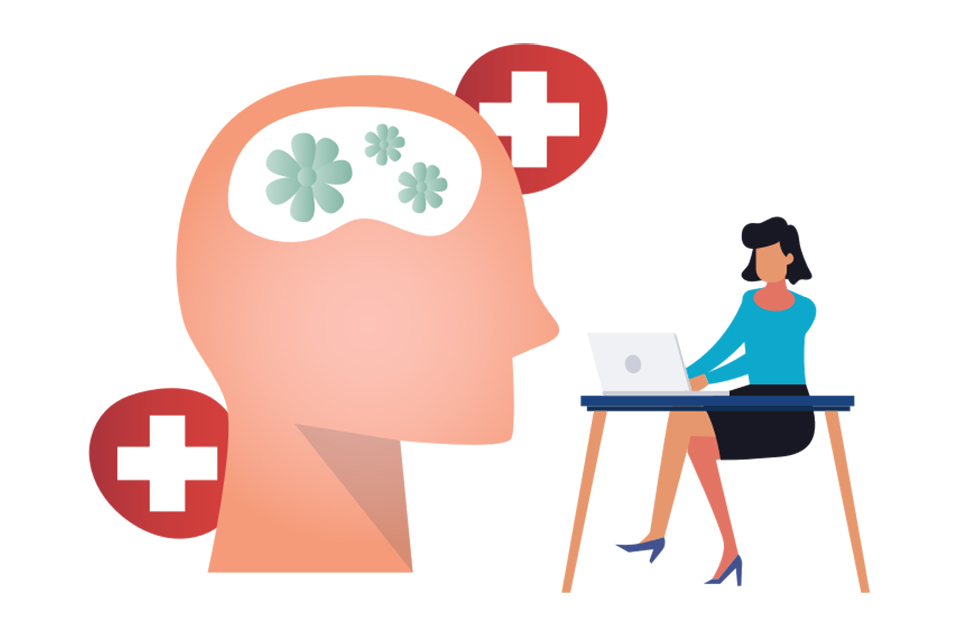Hypertonic vs. Hypotonic Cerebral Palsy
Hypotonic cerebral palsy is often confused with hypertonic cerebral palsy since the names of the conditions are very similar. These conditions differ in symptoms due to damage to different parts of the brain.
The main distinguishing factor between these two conditions is the type of muscle tone.
- Hypertonic: Characterized by stiffened muscles (hypertonia)
- Hypotonic: Characterized by loosened/relaxed muscles (hypotonia)
Hypertonia is a more common type of muscle tone in cerebral palsy patients. The most common form of hypertonia is spasticity (stiff, jerky muscle movement), which is the main symptom of spastic cerebral palsy. Children with hypotonic cerebral palsy are less likely to experience muscle or joint contractures compared to children with spastic cerebral palsy.
Hypotonic Cerebral Palsy causes
Cerebral palsy is most often caused by brain damage sustained during the birthing process. Damage to different motor control centers of the developing brain can cause different types of cerebral palsy, resulting in a variety of symptoms.
The most common cause of cerebral palsy that leads to hypotonia is caused by damage to the cerebellum of the brain. The cerebellum is responsible for receiving messages from the spinal cord and other areas of the brain to control motor movement. Damage to this area of the brain can cause abnormalities with motor function and muscle tone.
Situations that can cause brain injury and hypotonic cerebral palsy include:
- 1. Excessively pulling on the child’s head, neck, or shoulders during delivery
- 2. Failure to detect and/or treat maternal infection
- 3. Failure to detect fetal distress in labor, such as lack of oxygen (hypoxia)
- 4. Failure to detect umbilical cord complications
- 5. Failure to perform a necessary C-section
- 6. Improper use of forceps or vacuum delivery (assisted delivery tools)
Hypotonic Cerebral Palsy signs & symptoms
Most cases of cerebral palsy are not diagnosed until a few months or years into the child’s life. Hypotonic cerebral palsy symptoms may go unnoticed since signs of cerebral palsy may be confused with other conditions associated with abnormal brain development.
There are several specific symptoms to look out for if you suspect your child has hypotonic cerebral palsy.
Signs and symptoms of hypotonic cerebral palsy include:
- 1. Clumsiness
- 2. Developmental delays
- 3. Excessive muscle flexibility
- 4. Difficulty chewing or swallowing and drooling
- 5. Flexible joints and ligaments
- 6. Lack of head control
- 7. Loose muscles
- 8. Poor balance and stability
Management & treatments for Hypotonic Cerebral Palsy
The symptoms of hypotonic cerebral palsy may make it very difficult for your child to control muscle movement and live an independent life. Thankfully, there are several cerebral palsy treatment options to help your child manage their condition.
Treatments for Hypotonic cerebral palsy include:
Physical Therapy
Physical therapy can help children regain stability and build strength to help with muscle movement. Therapists can target underused muscles and build an exercise regimen to help with stability and coordination.
Occupational Therapy
Occupational therapy can be helpful for children with hypotonic cerebral palsy that have difficulty completing daily tasks. Occupational therapists help children learn how to control their fine motor skills to brush their teeth, get dressed, eat with utensils, and more.
Speech Therapy
Speech therapy can be especially helpful for hypotonic cerebral palsy patients that have poor muscle control in their jaw. Speech therapists aim to strengthen oral muscles to give children more freedom to feed themselves and communicate more effectively.
Mobility Aids
Mobility aids are a great way to help your child move freely and independently. Children with hypotonic cerebral palsy may benefit from mobility aids such as braces to elongate muscles and move with ease. Other mobility aids such as wheelchairs and scooters can be used for children with more severe movement impairments.
It is important to remember every child will have a different hypotonic cerebral palsy prognosis, which is the projected outcome of a condition. Each child will also experience various symptoms and require different types of treatment.
Get help for Hypotonic Cerebral Palsy
If you believe your child may have developed hypotonic cerebral palsy, reach out to your pediatrician to get a formal diagnosis.
Parents and caregivers of children with hypotonic cerebral palsy may need help finding treatment methods and support for their children. Kindly reach out to us.
